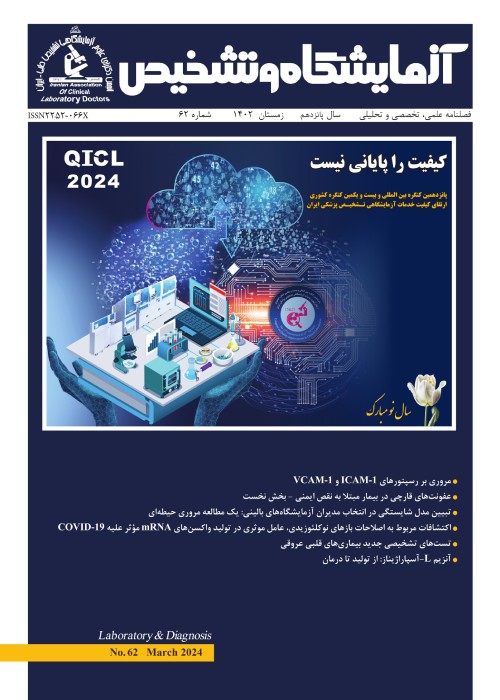Importance of Dematiaceous Fungi in Clinical Laboratory
Author(s):
Abstract:
Human and animal infections caused by phaeoid fungi can be logically separated into 4 categories under the headings: Superficial, Cutaneous, Subcutaneous, and Systemic diseases. They have a broad spectrum of clinical features, ranging in severity from superficial and mild, to deep-seated and life threatening. Phaeohyphomycosis is a cosmopolitan disease. Patients are usually adults, and about half seem to be immunologically compromised with such associated underlying diseases as diabetes mellitus, tuberculosis, leprosy and leukemia. In this section we will discuss about some of these fungi producing large muriform conidia as well as fungi producing phialids. The former include Alternaria, Stemphylum, Pithomyces, Ulocladium, and Epicoccum species and the latter include Phialophora, and Phaeoacremonium. Also the organisms which produce sympodial conidiophores and small conidia will be discussed: Fonsecaea, Rhinocladiella, and Ramichloridium species.
Keywords:
Language:
Persian
Published:
فصلنامه آزمایشگاه و تشخیص, Volume:7 Issue: 27, 2015
Page:
47
magiran.com/p1471511
دانلود و مطالعه متن این مقاله با یکی از روشهای زیر امکان پذیر است:
اشتراک شخصی
با عضویت و پرداخت آنلاین حق اشتراک یکساله به مبلغ 1,390,000ريال میتوانید 70 عنوان مطلب دانلود کنید!
اشتراک سازمانی
به کتابخانه دانشگاه یا محل کار خود پیشنهاد کنید تا اشتراک سازمانی این پایگاه را برای دسترسی نامحدود همه کاربران به متن مطالب تهیه نمایند!
توجه!
- حق عضویت دریافتی صرف حمایت از نشریات عضو و نگهداری، تکمیل و توسعه مگیران میشود.
- پرداخت حق اشتراک و دانلود مقالات اجازه بازنشر آن در سایر رسانههای چاپی و دیجیتال را به کاربر نمیدهد.
In order to view content subscription is required
Personal subscription
Subscribe magiran.com for 70 € euros via PayPal and download 70 articles during a year.
Organization subscription
Please contact us to subscribe your university or library for unlimited access!


